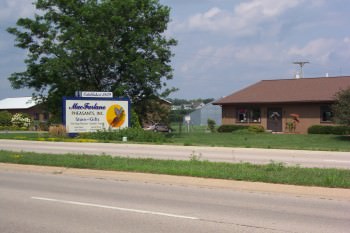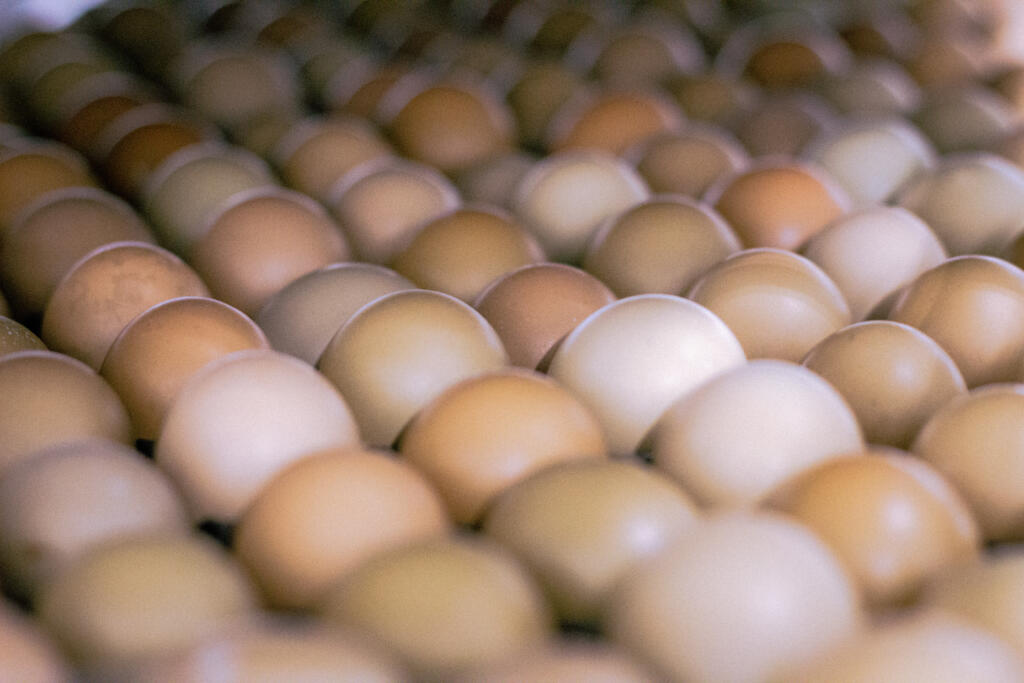A Comparison of Hatch Data Between Two Different Genetic Types of Pheasants
By Ron Willmore
Natural Resources Site Manager
INTRODUCTION
The Illinois Department of Natural Resources (IDNR) owns and operates the James C. Helfrich Wildlife Propagation Center (WPC) in central Illinois near Lincoln Illinois. The facility, which is the only pheasant hatchery operated by the State of Illinois, was constructed in the late 1980’s, became operational in 1990, and was officially dedicated in April 1991.
The Helfrich WPC and two additional facilities produce pheasants for hunting and breeder replacement. Pheasants are transferred as day-old chicks from the Helfrich WPC to the Des Plaines and Mt. Vernon WPCs. These WPCs are located in northeastern Illinois near Joliet, Illinois and in central southern Illinois near Mt. Vernon, Illinois respectively. Pheasant chicks are brooded only at the Des Plaines and Mt. Vernon WPCs. Each WPC has flight / holding pens with planted and natural cover. Flight / holding pens are acre sized and contain approximately 1500 pheasants each.
In 2005, a new genetic strain of Mancurian pheasants was introduced into the Helfrich facility. This genetic strain was brought to the United States from China by MacFarlane Pheasants, Janesville, Wisconsin. Pure Manchurian (M) strain pheasant chicks were made available to the IDNR by contractual arrangement with MacFarlane Pheasants. Prior to that, a genetic strain called New York (NY) pheasants, which originated from the New York Department of Environmental Conservation, had been used at the hatchery to mix with Illinois strain Game Farm (GF) pheasants.
Illinois strain GF pheasants have a mixed heritage. Pheasants from Illinois’ captive-bred flock were periodically out-crossed through the mid to late 1970’s to captive-bred pheasants from several private Midwestern producers. These pheasants were also out-crossed in the late 1970’s and again in the mid-1990’s to naturally occurring Illinois pheasants caught on public areas with pheasant populations but with no hunting.
The three propagation centers produce approximately 61,000 pheasants for the IDNR’s Controlled Pheasant Hunting Program. The hunting program is conducted on fifteen public hunting areas geographically distributed throughout the state. The objective of the propagation centers is to produce very high quality captive-reared pheasants that are indistinguishable from naturally occurring (wild) pheasants. The out-cross of GF pheasants to M pheasants was designed to enable IDNR captive-reared pheasant production to achieve this objective.
The purpose of this discussion is to compare two years of hatch data from the NY birds with two years of data from the M birds.
METHODS AND MATERIALS
The James C. Helfrich Wildlife Propagation Center consists of the following:
· Office
· Egg Processing Room
· Cold Storage Room (typically set at 57-59 degrees F, and 75-80% humidity)
· Incubator Room (incubator settings at 99.2 degrees F, and 84 wet bulb)
· Hatch Room (hatcher setting at 98 degrees F, and 84 wet bulb)
· 9 Breeder Rooms (approx. 2000 sq. ft. ea.)
· 2 Rooster Rooms (approx. 1000 sq. ft. ea.)
Lighting is totally controlled in the breeder rooms. The rooms also have automatic feed and water systems. The optimum number of hens (H) is 800 per breeder room, with one rooster (R) per 17 hens for mating. We have three breeder rooms with pure GF birds, and one room with pure M birds to maintain the pure genetic strains. All breeder room hens which produce offspring for the Controlled Pheasant Hunting Program are pure GF hens GFH). The actual hunting bird is a pure MR crossed with a pure GFH. At the beginning of hatch season, we increase the light from 8 hrs. per day to 14 hrs. per day. The pure MR requires two months of increased light prior to mating, while the pure GFH only requires two weeks of increased light prior to mating.
Two mixed rooms, three pure GF rooms and one pure M room are started first. One month later, lights are increased in the three remaining rooms. Egg production is timed to coincide with our hatch schedule (early May through early July), resulting in 80-100 thousand chicks.
The discussion for this presentation focuses on the difference between breeder activities using pure MR compared to pure NYR. The pure NYR was a combination of several genetic strains, which included approximately 1/8 Manchurian.
RESULTS AND DISCUSSION
For the purpose of this discussion we will compare breeder and hatch results from two years of breeding with pure MR verses two years of breeding with pure NYR. The main parameters of interest are as follows:
- Percent mortality of breeder hens
- Total egg production
- Mean number of eggs per hen
- Number of hens
Tables 1, 2, and 3 illustrate the differences between each genetic strain, using the criteria listed above.
| Table 1 – Pure NY and Pure M Breeder Rooms | ||||
| NY X NY | NY X NY | M X M | M X M | |
| Year | 2004 | 2005 | 2006 | 2007 |
| Egg Production | 17,143 | 11,715 | 9,363 | 9,476 |
| Mean % Mortality | 7.7 | 6.9 | 0.5 | 0.5 |
| Mean # Eggs / Hen | 27 | 20.2 | 22.1 | 22.1 |
| Total # Hens | 634 | 582 | 446 | 429 |
| Table 2 – Pure GF Breeder Rooms | ||||
| GF X GF | GF X GF | GF X GF | GF X GF | |
| Year | 2004 | 2005 | 2006 | 2007 |
| Egg Production | 98,061 | 86,457 | 89,080 | 98,161 |
| Mean % Mortality | 15 | 19.3 | 9.5 | 12.8 |
| Mean # Eggs / Hen | 38.3 | 40.8 | 41.4 | 40.6 |
| Total # Hens | 2,572 | 2,117 | 2,153 | 2,422 |
| Table 3 – Mixed Breeder Rooms (NYR, MR X GFH) | ||||
| NY X GF | NY X GF | M X GF | M X GF | |
| Year | 2004 | 2005 | 2006 | 2007 |
| Egg Production | 144,415 | 124,647 | 129,090 | 139,599 |
| Mean % Mortality | 15.9 | 16.4 | 8.2 | 12.5 |
| Mean # Eggs / Hen | 33.6 | 34.9 | 35.9 | 34.4 |
| Total # Hens | 4,298 | 3,578 | 3,602 | 4,065 |
The most noticeable difference between the pure NY and pure M birds is the much lower mortality of the pure M birds. The mean percent mortality of the NY birds was 7.3%, while the mean percent mortality for the M birds was 0.5%. The mean percent mortality of the GF hens that were crossed with the NYR was 16.2%, while the mean percent mortality of the GF hens crossed with the MR 10.4%.
The mean number of eggs produced by the pure M birds was almost identical to the number produced by the pure NY birds. The mean number of eggs produced with the M X GF cross was very similar to the number produced by the NY X GF cross. Another parameter not previously discussed is percent hatch. Since we had lower numbers of M breeder hens the last two years, we had to hold eggs longer than usual, prior to setting, which resulted in a lower percent hatch than would be normally expected. Therefore, it is difficult to compare actual percent hatch between NYR X GFH, and MR X GFH. The mean percent hatch for all combinations was 76%.
SUMMARY AND CONCLUSIONS
The main areas where definitive differences were seen between various genetic strains of pheasants was percent mortality of breeder hens, and mean number of eggs produced per hen as seen in Figure 1.
Related Posts
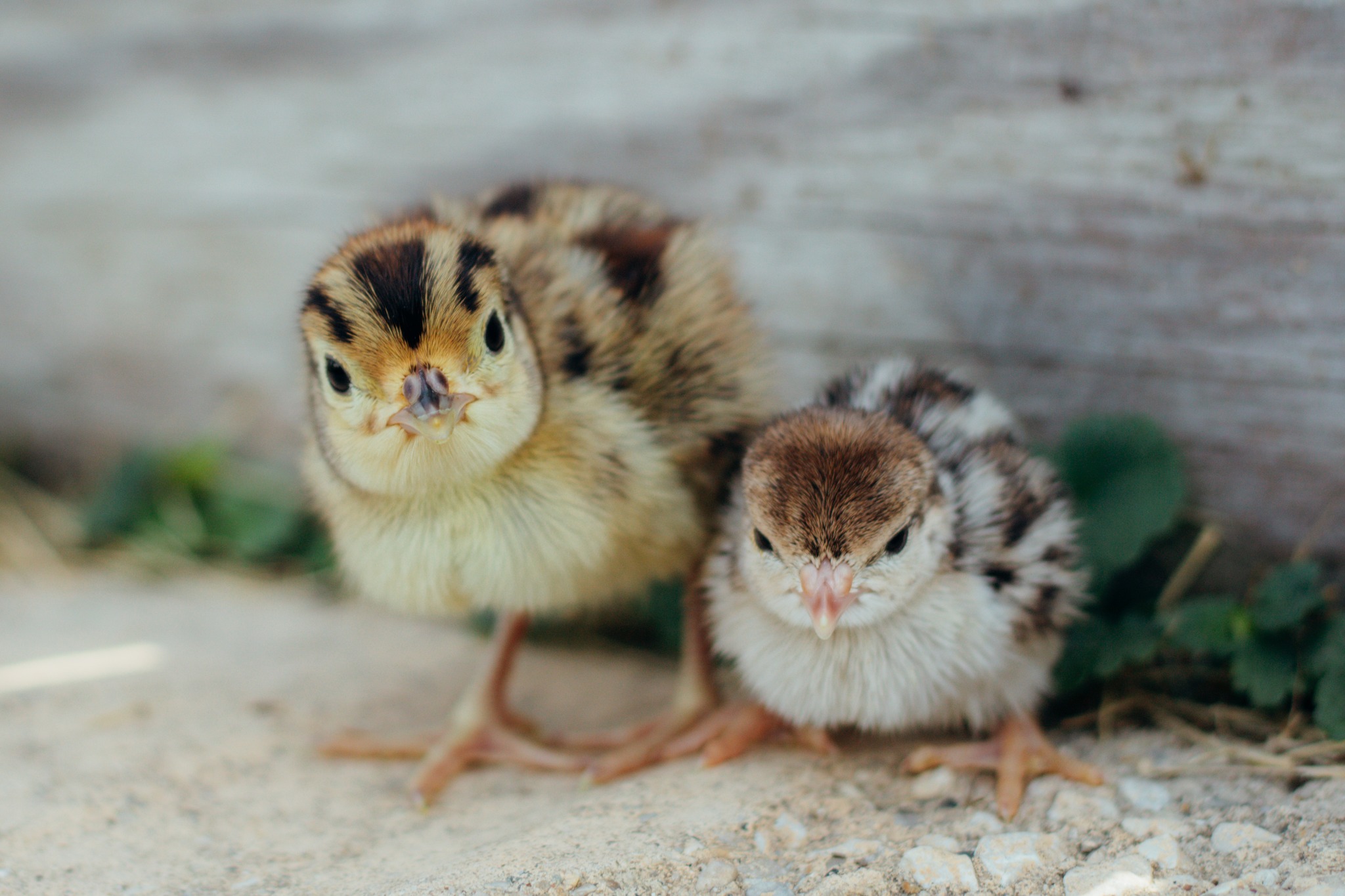
Shipping Chicks Safely During Cold Weather Months
Read Post
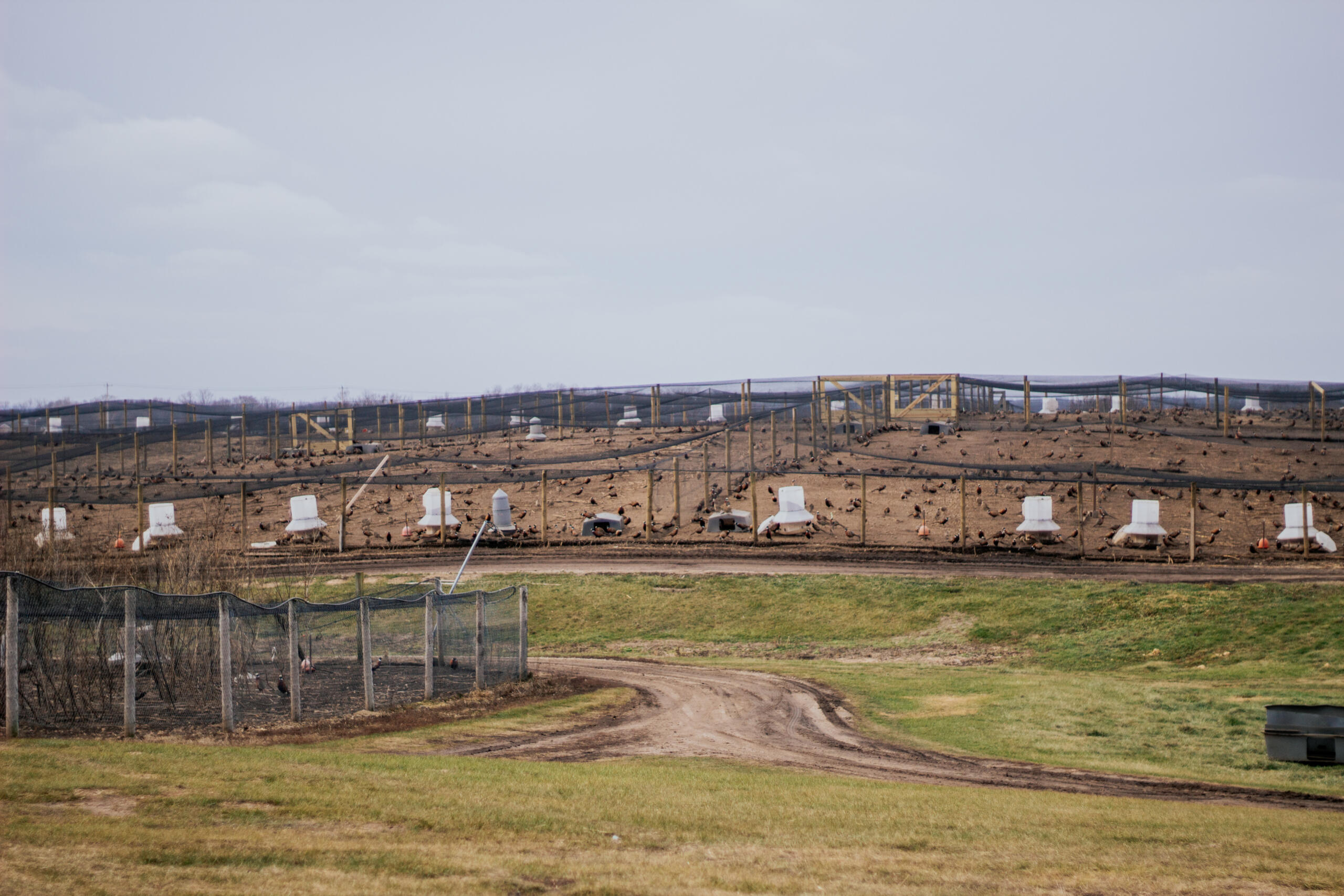
Preparing Our Barns & Pens Each Spring
Read Post
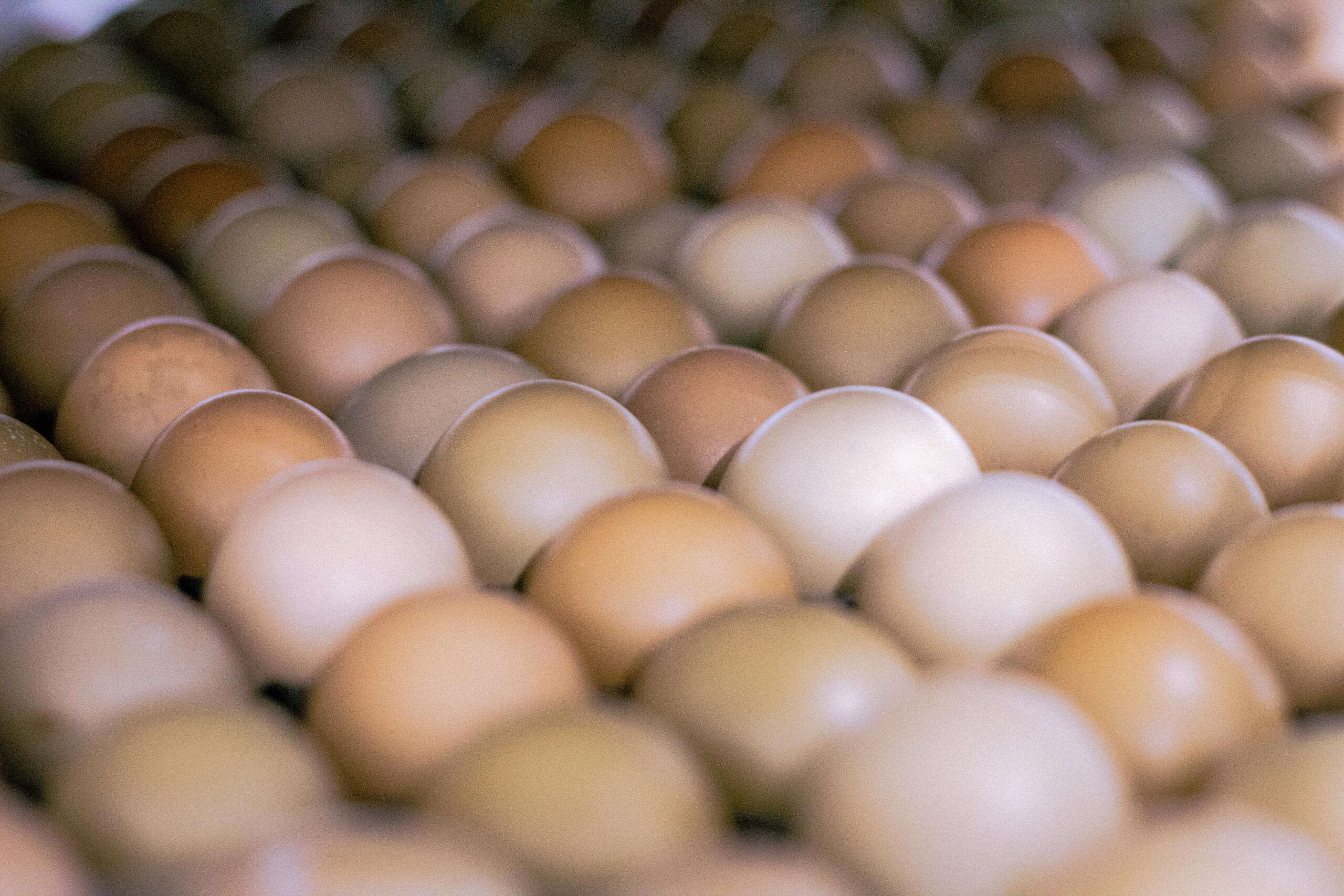
Incubation of Pheasant Eggs
Read Post
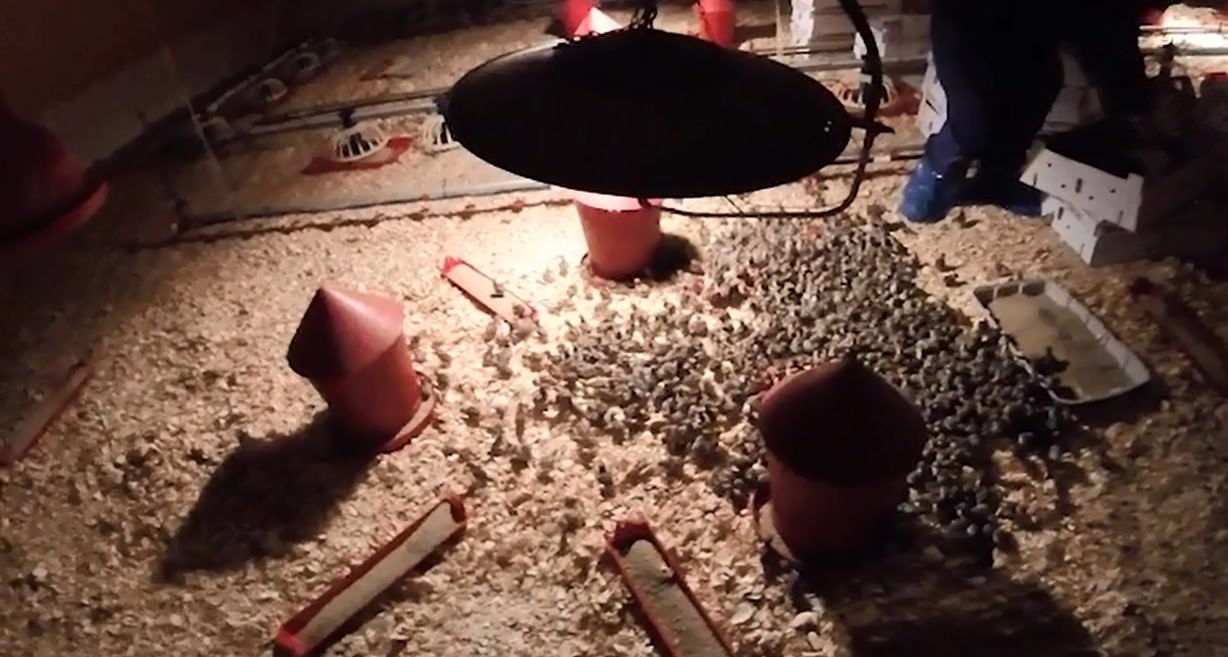
Interpreting Water Results
Read Post
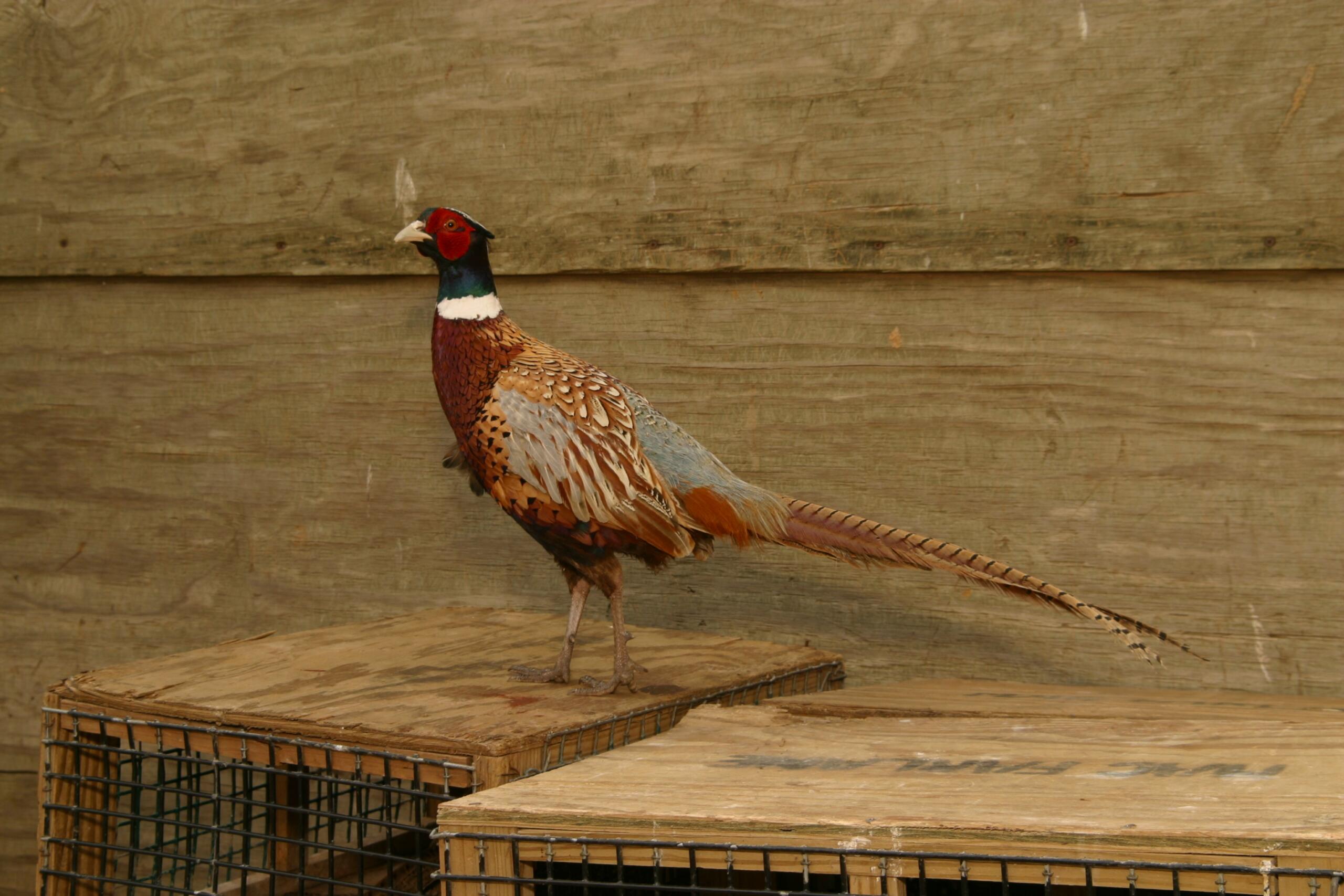
Crichel Estate – An English Sporting Estate
Read Post

With Stocks Down, the Pheasant Is Often Taken ‘Private,’ but Purists Don’t Like It
Read Post
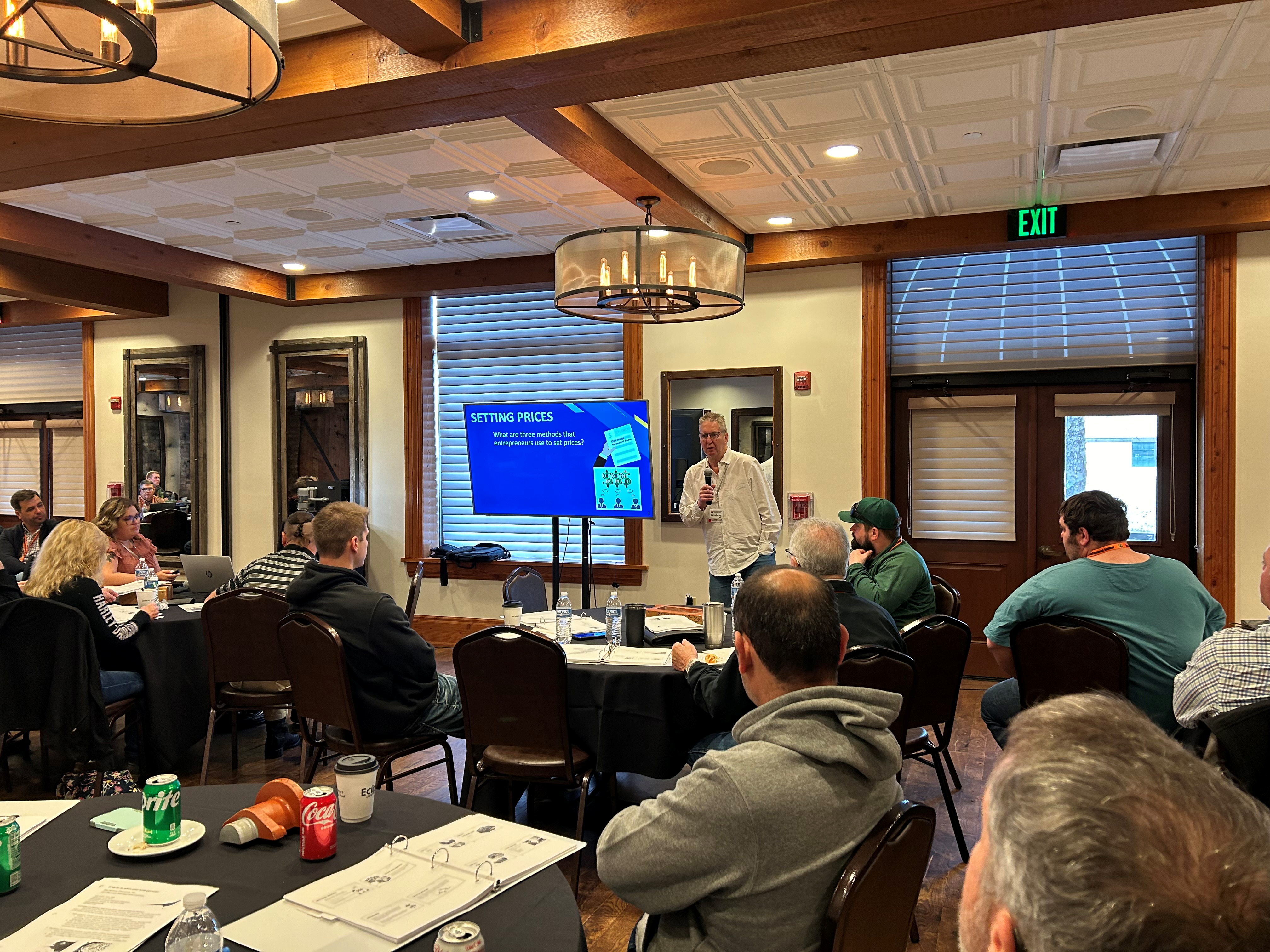
The 14th Biennial Pheasant Management Seminar-March 3-6, 2024
Read Post

Hatchery News at MacFarlane Pheasants
Read Post
Take Advantage of These Free Resources
As the biggest game bird farm in the United States, we want to share our experience with you. Download our free resources below and get started.

